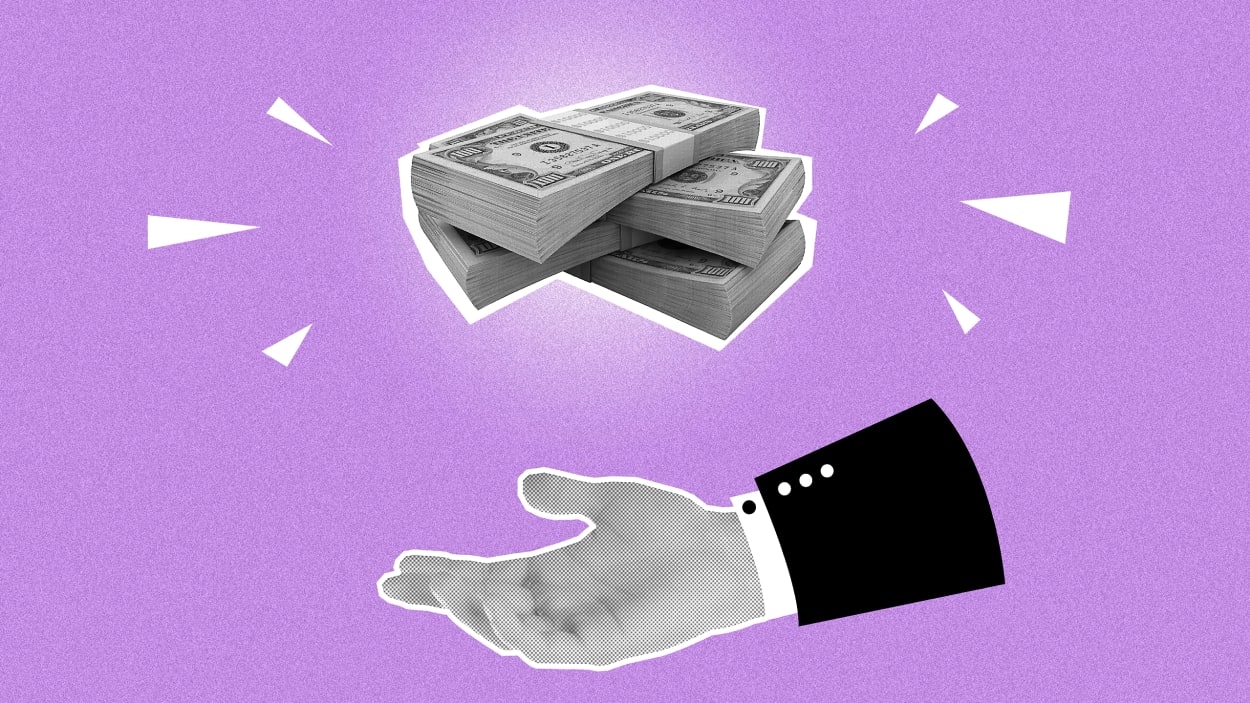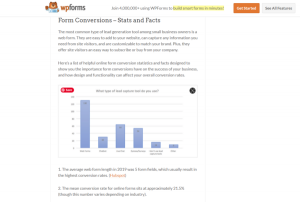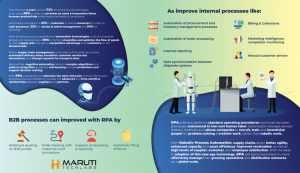By Emily Guy Birken
Self-employment has a lot to recommend it. You get to set your own hours. There’s a direct correlation between your hustle and your paycheck. And, of course, you enjoy a warm relationship with your boss.
Then, of course, there’s the big fat downside: quarterly estimated taxes. You’re not only on the hook for both self-employment and income taxes, but the IRS also wants you to pay every quarter.
It almost makes you want to run screaming back to the 9-to-5.
But rather than give up working for yourself, why not work on mastering your quarterly estimated taxes instead? Here are the steps to follow to stay on the IRS’s good side without tearing your hair out.
Understand Your Obligations
If you are a sole proprietor, independent contractor, business owner, or gig worker, the IRS requires you to file an income tax return if you earned $400 or more from self-employment. This means you even have to file a return for your little Etsy shop that nets you about $40 per month.
Additionally, once you pursue self-employment—even if it’s a side gig on top of your regular employment—none of your income will be withheld from your paychecks. To ensure self-employed workers actually pay their taxes on time, the government requires you to pay estimated taxes every quarter, filing each payment with form 1040-ES. In fact, the IRS offers no fewer than 7 ways to pay your quarterly taxes.
The following approximate due dates are the general deadlines for your quarterly estimated tax payments, but these due dates may be pushed back if the 15th falls on a weekend or holiday.
• First quarter (January 1-March 31) Due April 15 (April 18 in 2023)
• Second quarter (April 1-May 31) Due June 15
• Third quarter (June 1-August 31) Due September 15
• Fourth quarter (September 1-December 31) Due January 15 (January 16 in 2024)
Finally, since you are both employer and employee, the IRS also expects you to pay both types of taxes. This comes into play with Social Security and Medicare taxes, which have current tax rates of 12.4% and 2.9%, respectively. When you work for someone else, you and your employer split those taxes, with each of you paying 6.2% for Social Security and 1.45% for Medicare. The self-employed must pay the full tax rate for each.
Estimate How Much You Owe
One of the difficult aspects of launching a new self-employment venture is calculating how much money you will owe in taxes. While the IRS suggestion that you use your income for the prior year as a starting point can be helpful for those who have maintained a consistent business for several years, newbies are left guessing at their expected adjusted gross income (AGI).
You may choose to estimate your AGI based on your quarterly income. For instance, if you launched your new business on January 1 and netted $10,000 between the beginning of the year and March 31, you might base your tax payment on an AGI of $40,000, since you expect to continue to net $10,000 each quarter. But if you expect your business to pick up steam after Q1, you may want to estimate a higher AGI.
Once you have an estimate of your AGI, you can calculate your approximate quarterly taxes using the Form 1040-ES worksheet or an online calculator like this one from TaxOutreach.org.
Avoid the Underpayment Penalty
Uncle Sam wants you to pay what you owe, and not a penny less. To make sure taxpayers pony up the full amount, the IRS levies an underpayment penalty of 0.5% of the unpaid amount for each month it remains unpaid. This penalty can strike fear in the hearts of the self-employed, considering how much self-employment income can fluctuate from one year to the next.

Thankfully, the IRS recognizes that it’s not possible to know exactly how much you will make each year and offers two avenues for avoiding the penalty:
- If your underpayment amount is less than $1,000, or
- If you paid at least 90% of the tax owed, or 100% of the tax you owed for the prior year, whichever is less.
This is why many self-employed workers base their current year’s estimated taxes on the prior year’s tax return.
Set Money Aside for Quarterly Payments
Many new entrepreneurs make the mistake of assuming they will pay their quarterly estimated tax bill with the money they have received as of the quarterly due date. The problem with this plan is that the IRS does not care if you have outstanding payments that don’t arrive in time or if your work dried up in the last month of the quarter. You have to pay on time no matter what.
To avoid the quarterly panic, start setting aside 20% to 30% of each payment you receive. Taking that percentage off the top and saving it for your quarterly tax bill ensures that you can always pay on time. As an added bonus, if you save more than you need, you can use any leftover money to reinvest in your business or smooth over irregular income in the next year.
If the idea of setting aside a percentage of each payment sounds impossible, that might indicate your venture doesn’t have quite enough capital. One way to smooth over this insufficient capitalization is by continuing to work for a paycheck while you get your business off the ground. You might also seek out an investor so you can get an infusion of cash. No matter how you do it, find a way to ensure your cash flow can handle your taking 20% off the top from your payments. That will set you up for success come tax time.
Don’t Let Taxes Scare You Away from Self-Employment
Handling your own taxes when you are self-employed may not be the most enjoyable part of your solo venture, but it doesn’t have to be a cause for concern or even a queasy stomach. A little planning can help you stay on good terms with your friendly neighborhood IRS agent while also keeping your new business afloat.
Emily Guy Birken is a Milwaukee-based personal finance writer. Her books include The 5 Years Before You Retire, Choose Your Retirement, Making Social Security Work for You, and End Financial Stress Now.
(4)









